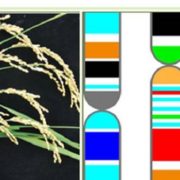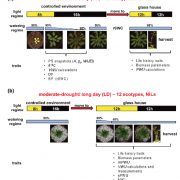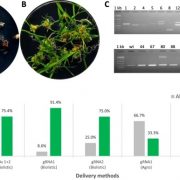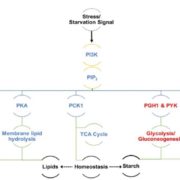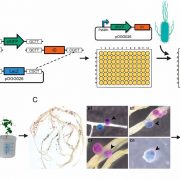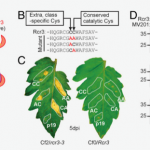Optimizing PollenCounter for high throughput phenotyping of pollen quality in tomatoes (MethodsX)
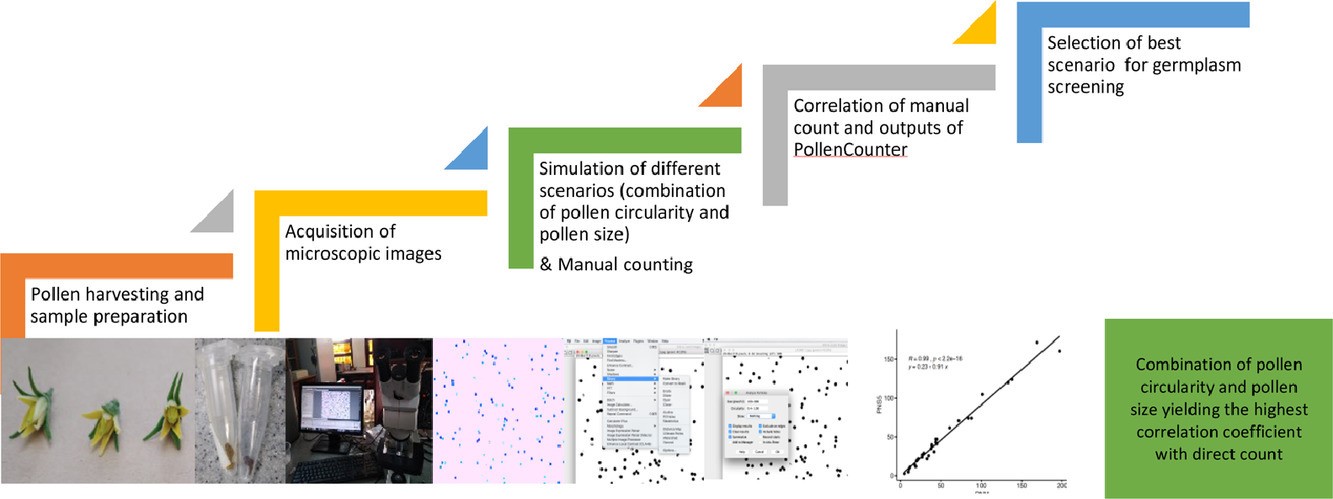 PollenCounter is an open source, ImageJ based macro that splits RGB images of stained pollen grains into the primary channels. The program estimates pollen viability in plants through analyzing red (total number of pollen grains) and green (only viable pollen grains) images, after which the particles are counted. This macro has been used to assess pollen viability in grapevine, however a method for optimizing it have not been developed in tomatoes. Here, Ayenan et al. developed an optimization method for assessing pollen quality in tomatoes. First, they counted tomato pollen grains manually and determined viability. Next, they used the original macro parameters developed for grape (pollen size of 60–800 pixel2 and circularity of 0.4-1). This process indicated over 100% viability demonstrating that the original paramters overestimated the number of viable pollens in tomatoes. To correct this, the authors used six optimization scenarios (ranging from a circularity of 0.4–1 to 0.6-1 and pollen size of 100–900 to 200-900 pixels2) to adjust the original macro. At a circularity of 0.4-1 and pollen size of 100–900 pixel2, they got the highest correlation for pollen number and viability as assessed manually. Furthermore, they used this optimized PollenCounter to discriminate between genotypes of heat stressed tomatoes and recommended best practices to improve the accuracy of a PollenCounter. The use of PollenCounter will save time and money and improve the efficacy of pollen quality assessment in breeding programs. (Summary by Modesta N. Abugu @modestannedi). MethodsX. 10.1016/j.mex.2020.100977
PollenCounter is an open source, ImageJ based macro that splits RGB images of stained pollen grains into the primary channels. The program estimates pollen viability in plants through analyzing red (total number of pollen grains) and green (only viable pollen grains) images, after which the particles are counted. This macro has been used to assess pollen viability in grapevine, however a method for optimizing it have not been developed in tomatoes. Here, Ayenan et al. developed an optimization method for assessing pollen quality in tomatoes. First, they counted tomato pollen grains manually and determined viability. Next, they used the original macro parameters developed for grape (pollen size of 60–800 pixel2 and circularity of 0.4-1). This process indicated over 100% viability demonstrating that the original paramters overestimated the number of viable pollens in tomatoes. To correct this, the authors used six optimization scenarios (ranging from a circularity of 0.4–1 to 0.6-1 and pollen size of 100–900 to 200-900 pixels2) to adjust the original macro. At a circularity of 0.4-1 and pollen size of 100–900 pixel2, they got the highest correlation for pollen number and viability as assessed manually. Furthermore, they used this optimized PollenCounter to discriminate between genotypes of heat stressed tomatoes and recommended best practices to improve the accuracy of a PollenCounter. The use of PollenCounter will save time and money and improve the efficacy of pollen quality assessment in breeding programs. (Summary by Modesta N. Abugu @modestannedi). MethodsX. 10.1016/j.mex.2020.100977


